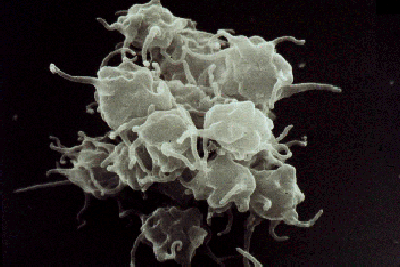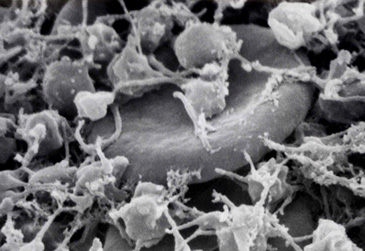Quinine
In our systematic reviews of published reports of drug-induced thrombocytopenia (DITP), quinine was the second most common etiology, following only quinidine. In our systematic review of published reports of drug-induced thrombotic migroangiopathy (DITMA), quinine was the most common etiology. Among the reports of quinine-induced TMA, many abnormalities were described in addition to the typical clinical features of thrombocytopenia, microangiopathic hemolytic anemia, and acute kidney injury. These included positive direct antiglobilin tests, neutropenia, lymphopenia, chills, fever, and hypotension, hepatic dysfunction, disseminated intravascular coagulation (DIC), myalgia, rhabdomyolysis, and generalized pruritis. These observations suggested that adverse reactions to quinine may involve many organ systems.
To document the clinical spectrum of the adverse reactions to quinine, we systematically reviewed all published reports of quinie-induced disorder and assessed the level of evidence for a causal association with quinine. The systematic review has been completed. Two-hundred and thirteen article reported data on 268 patients. Ninety additional articles reported group data. Fourteen organ systems have reported definite evidence for a causal association with quinine. The data are being analyzed and organized into tables that clinicians can search. We anticipate that the data analysis can be completed, published and then posted to our website in 2015.
James N. George, M.D.
Professor of Medicine
Hematology-Oncology Section, Department of Medicine
Department of Biostatistics & Epidemiology, College of Public Health
University of Oklahoma Health Sciences Center
IMPORTANT!
The information included in this website is for educational purposes only. The designers and operators of this site take no responsibility for the things you may do with this information. For advice on your unique medical condition, please consult your health care professional. By going further into this website you acknowledge that you have read and understood this disclaimer.



